Introduction
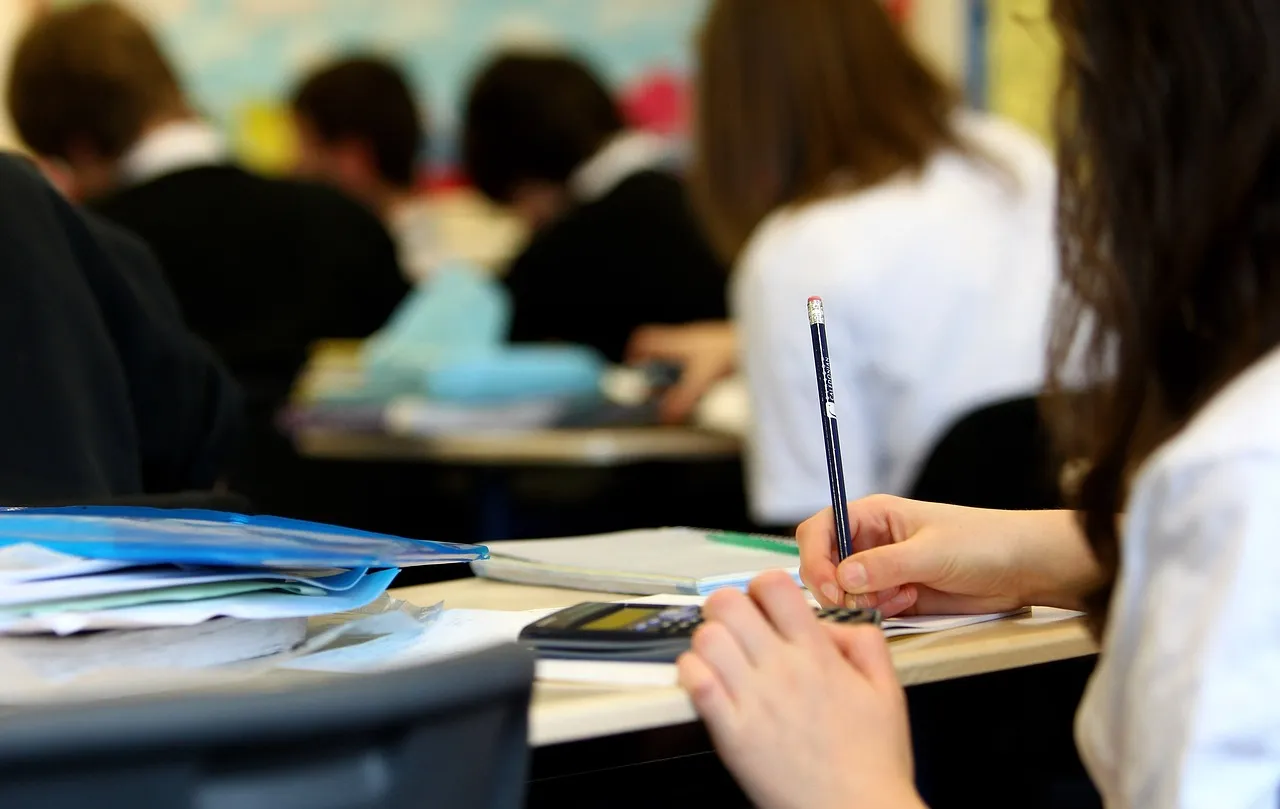
Source: pixabay.com

Identification of the Problem
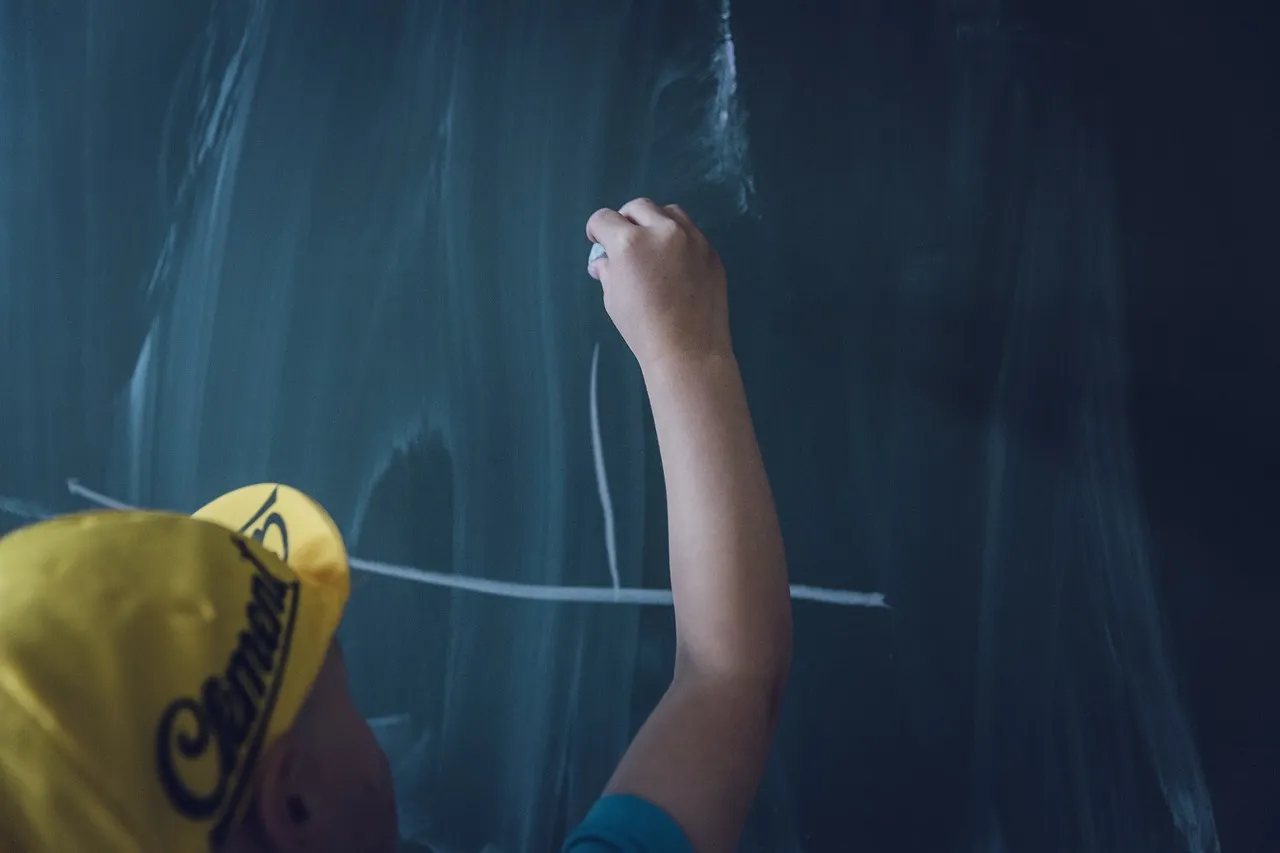
Source: pixabay.com
This year 2021 in the month of October was carried out the progressive return to the classroom in Venezuela, for this they were divided into small groups of 10 children per classroom in different levels and grades of each educational institution. In my case I am a specialist in linguistics and I work with children, youth and adults with problems in language learning and development of communication skills, in the institution where I work the teachers of 4th, 5th and 6th grade began to express their concern when they determined in the diagnostic test that the students had a delay in their cognitive development of two years, that is, the time of confinement due to the pandemic. This fact called the attention of the specialists, who we started to work on the problem, the first step was to apply specific tests in the areas of language and cognitive skills in my case. The test consisted of four parts with simple exercises that could be solved by children according to the level where they should be by their age and schooling process, the results of these tests served to determine that children from 9 to 11 years show a considerable setback in the development of their cognitive skills.

Tests and results
The diagnostic test consisted of 4 parts, each part related to the communicative skill that the student had to master according to his/her age and level of studies. Below is an example of the test:
I Part. Reading. Read aloud the following story.
II. Part. Write a letter to a friend.
Part III. Listen carefully to the story the teacher is going to tell.
Part IV. Talk about what the story the teacher told you.

As you can see, the test has a structure that can be adapted to the age and school stage of the children and the content is handled according to the group. The results of this test can be easily grouped because the same test was applied to grades 4, 5 and 6. Now let's look at the results:
The sample consisted of 91 students, no discrimination was made by sex, only by age.
Group of 9 years old: 30 students.
Group of 10-year-olds: 30 students.
Group of 11 year olds: 31 students.

Results 9 year old group
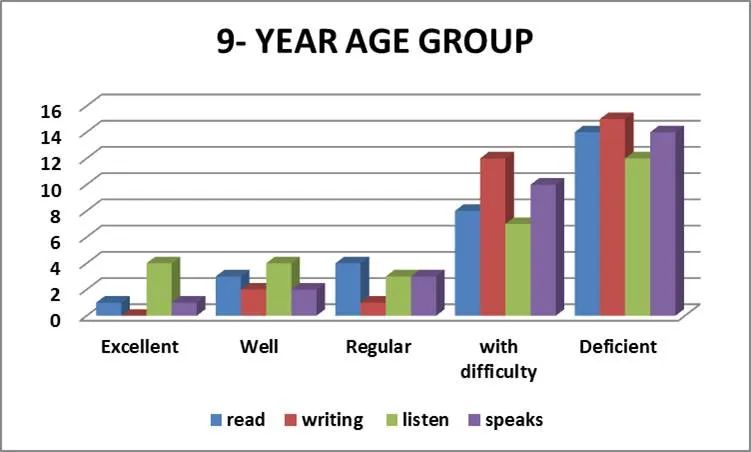
Source: @emimoron
The results for the 9-year-old group point to a marked incidence in the deficient indicator. It should be clarified that for each indicator an evaluation of the skill is based on a standard score that is assigned according to the child's age and level of cognitive development, where excellent is considered for those who perform effectively and efficiently in that skill on a decreasing scale until reaching deficient. Each of the skills is related to each other and the less developed the student is in reading, the less proficient he/she will be in the other skills. This has to do directly with the fact that language is a learning and development through contact and socialization, which explains the regression in post-pandemic children.

Results 10 year old group

Source: @emimoron
In this group, the percentages for the excellent indicator decrease even more, with a slight increase in the good and regular indicators, but there is a clear increase in the children with difficulties and in the deficient indicator. Here the results begin to be even more striking due to the fact that the older the child, the greater the mastery of communicative skills, which is not happening in the case of the children in the 10-year-old group.

Results 11 year old group
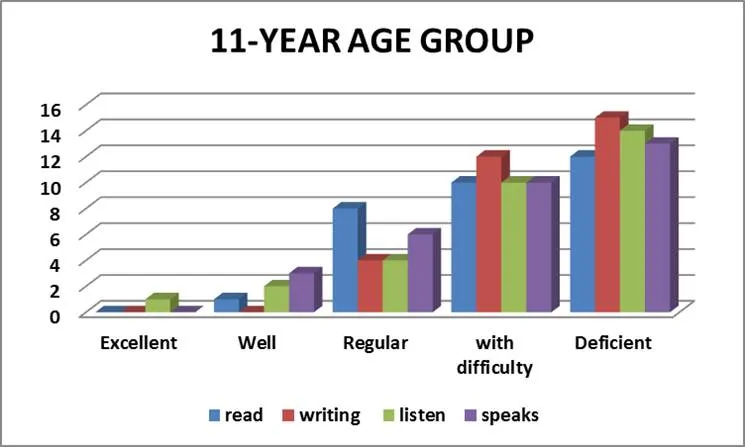
Source: @emimoron
In the results for this group, it is already evident that there is a problem of marked regression in the development of communication skills that is affecting the entire learning process, it should be remembered that it is communication skills that allow people to access and share new knowledge. In this graph, it can be observed how the indicators of excellent and good decrease, increasing to regular, with difficulty and deficient. This group is worrisome because it is not only about communication skills, but it can be observed that there are students who are cognitively in 3rd grade, that is, the grade they left right when the confinement began, and this reveals a major problem considering that at the end of this school year they must start a new stage towards secondary education.
Conclusions of Phase I
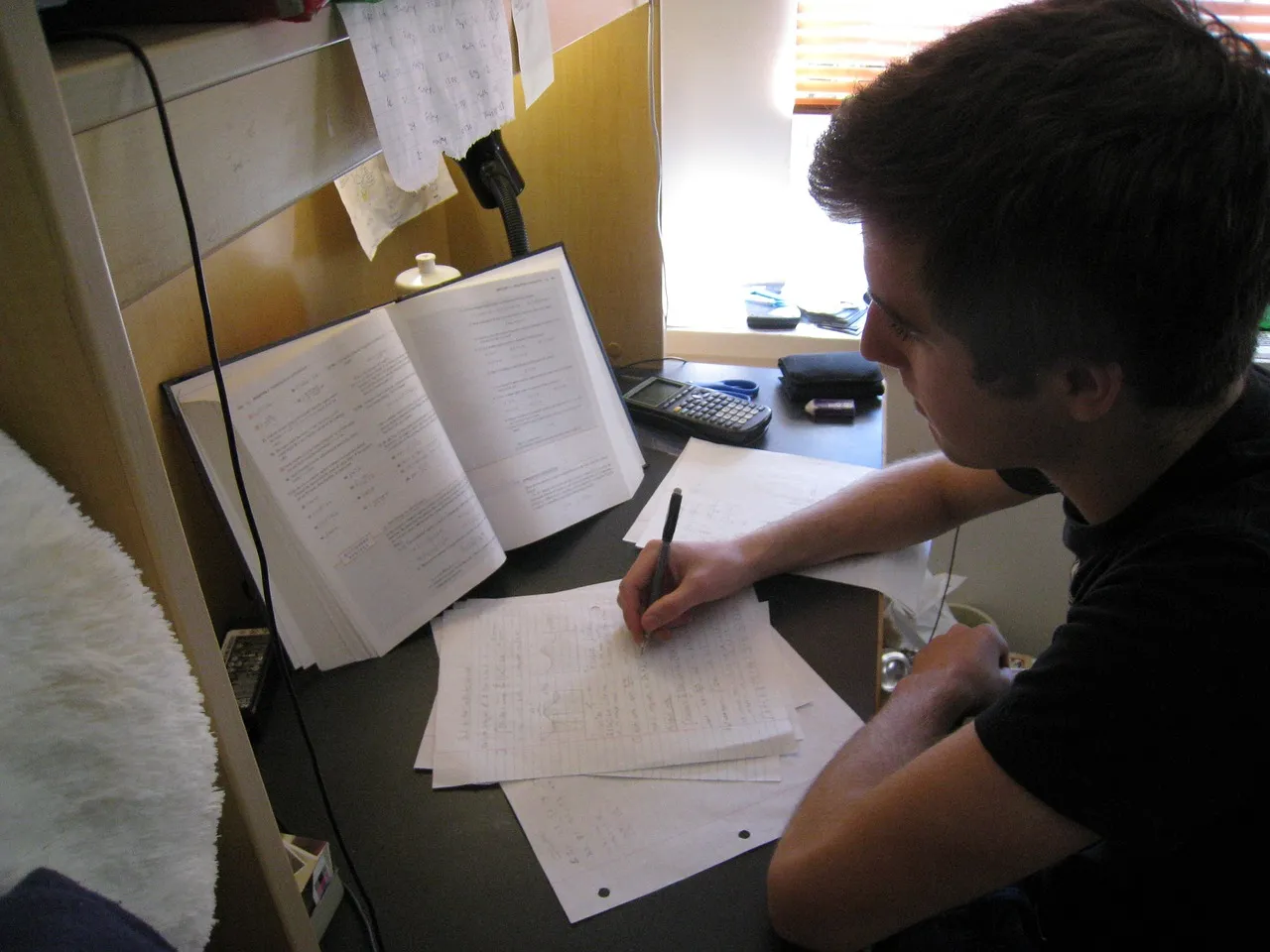
Source: pixabay.com
There is an evident and marked setback of at least two years in the development of cognitive skills in children from 9 to 11 years of age in school, this has an explanation from linguistics in the effects of confinement on the cognitive process of students. In this case, communicative skills, like all skills, require continuous practice and exercise for their development and strengthening to follow the proper course; if this does not occur, these skills can stagnate, atrophy and, as observed in this research, regress.
The research, which is in its initial phase, supposes a contribution from the educational point of view by revealing one of the effects of the covid-19 pandemic that has to do with the learning process, due to the fact that, although virtual education was able to solve the problem of academic continuity of the students, it did not do so with respect to the continuity of learning. This premise is based on the fact that children replaced manual writing with the keyboard of a computer or any other communication device, that reading was fast and poor in content so that they could achieve a real analysis of the texts.
Likewise, there are teachers who state that during this return to school they discovered that many of the children did not even do their homework; it was their tutors or parents who did it for them. Another determining factor is that parents were not prepared to assume distance and technology-mediated education and something really evident is that during the time of confinement there was no type of socialization at home that would allow the child to maintain and develop his or her communicative skills.
These data are alarms that must be addressed by the educational system, we are talking about children whose learning process has been affected and that is just the beginning of the effects that the pandemic brings to our children. Let us also remember that we are already talking about a new normality, but it is worth asking ourselves what this new stage of life brings with it for people in terms of learning.

Declaration of conflict of interest
So far there is no conflict of interest with respect to the research, the tests performed do not involve harm or prejudice to the children who make up the study population. Care was taken not to reveal their identities and not to expose individual results to a group appreciation, in this sense, the generalization of the results by groups of interest is carried out.